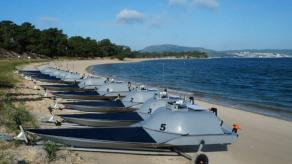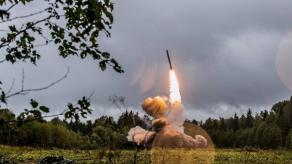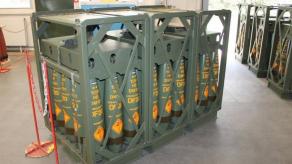Ukrainian Armed Forces will become the first operators of the latest German unmanned ground vehicles Ermine (German name: Hermelin). The Dutch government initially announced a donation of 20 robotic systems to Ukraine on June 24, alongside 100 special radars for detecting enemy drones. Then Rheinmetall, the manufacturer of Ermine, has confirmed the exact type of UGV in this military aid package.
The company says the production will take place in cooperation with Dutch companies Demcon and Abiom, the projected delivery deadline is 2026. Demcon ensures a high level of autonomy of robotic transport platforms, while Abiom specializes in communication systems.
Read more: Romania Receives 18 F-16s For Training Ukrainian Pilots But Also a Pain in Tow
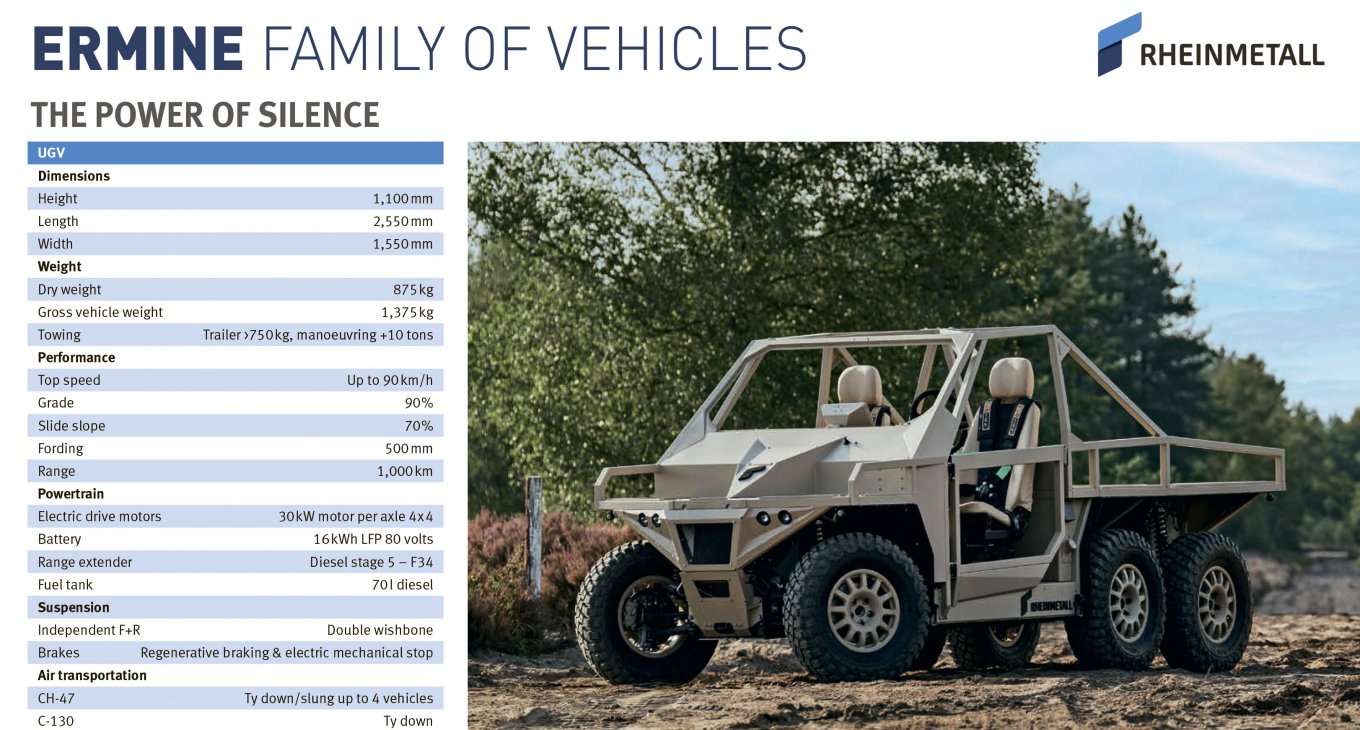
The specific configuration of the Ermine UGVs for Ukraine wasn't specified. This family generally includes an ATV, a buggy, and a heavier six-wheeled transport platform, designated as the UGV. However, Rheinmetall added that the drones are supposed to handle "casualty evacuation near the frontline," and the last option sounds the most suitable for the task among all.
The UGV can carry up to 500 kg, the maximum speed is up to 90 km/h. The power plant is a 30-kW motor with a 16-kWh battery, paired with a diesel engine-generator with a 70-liter tank. The developer guarantees an operational range of 1,000 km.
But when you look at the photo of this Ermine UGV, you get the impression that it's not a drone at all, just an ordinary all-terrain vehicle, particularly because it has a steering wheel and other controls for human crew. Moreover, in some photos it is even controlled by a person.
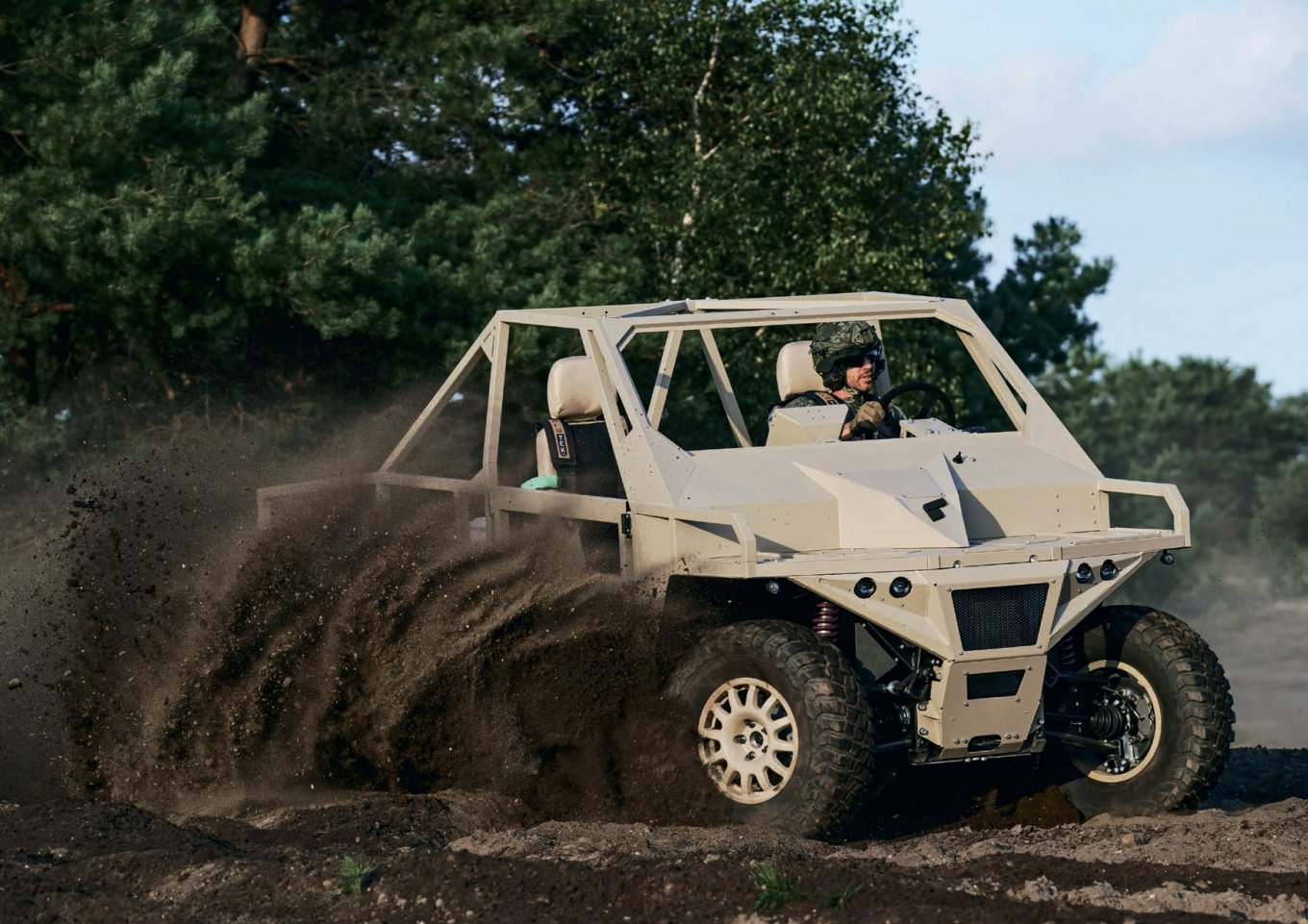
The explanation is that Ermine belongs to the category of "optionally piloted" drones, meaning they can be controlled by a driver if necessary, too.
Such an approach can sometimes be even more effective than creating exclusively robotic platforms that cannot be controlled in the usual way. On the flip side, such a design imposes its limitations on the form factor of the drone itself, which must have an anthropometric cockpit.
Either way, the viability of optionally manned systems is up to a real-life trial, as the Armed Forces of Ukraine are the ones who'd crash test the Ermine in combat conditions.
Read more: Six European Nations to Jointly Procure CV90 IFVs: What Does This Mean for Ukraine?









